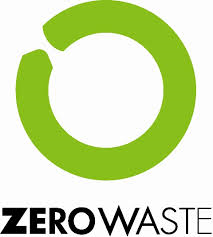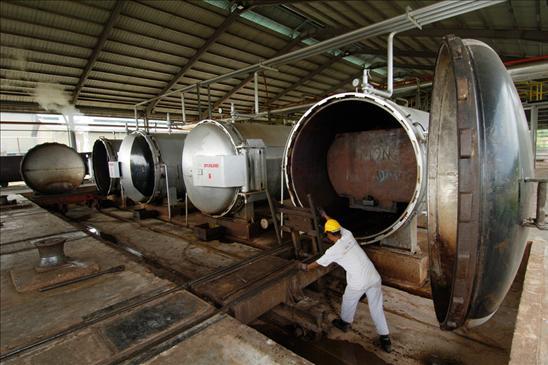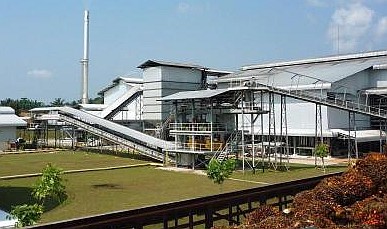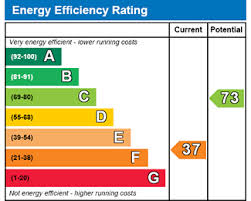Do we just take a pain-killer? Why not treat the root cause of the pain?
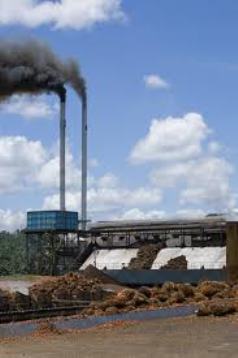
Black smoke emissions into the atmosphere from boiler flue-gas stacks is a common sight in rural Malaysia, where the majority of palm oil mills are located. More so than the visible black smoke emissions are the invisible gaseous and particulate matter spewing out from the flue-gas stack. The main pollutant of concern is the particulate matter present in the stack discharge that gives rise to suspended atmospheric particulate matter at ground level in the surrounding areas of the palm oil mills. This poses serious health concerns among the mill workers and residents who live or work in the neighbourhood around the mills.


